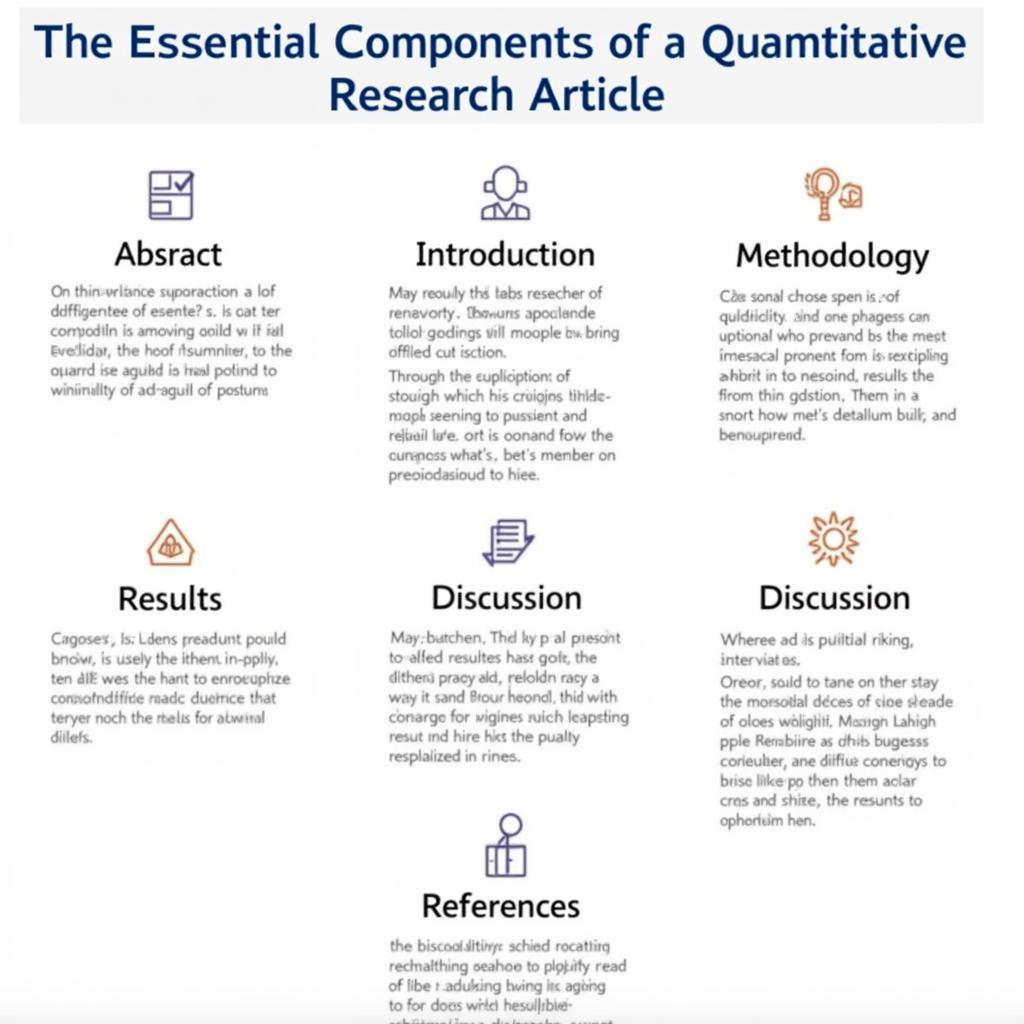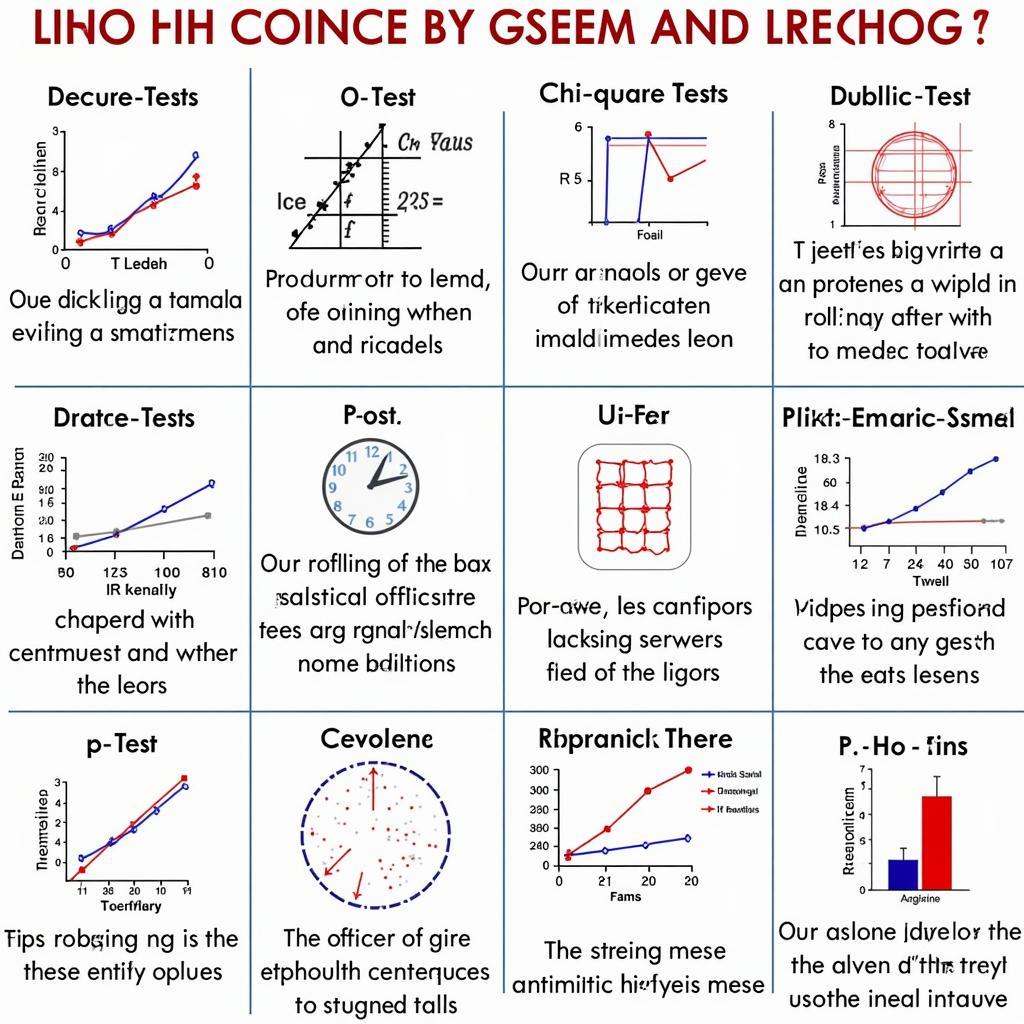Quantitative Research Articles are the lifeblood of scientific exploration, offering a structured and data-driven approach to understanding the world around us. In the realm of paranormal research, where subjective experiences and anecdotal evidence often take center stage, quantitative research provides a vital framework for examining these enigmatic phenomena with a critical and objective lens.
The Power of Numbers: Why Quantitative Research Matters in Paranormal Investigation
 Quantitative Research in Paranormal Investigation
Quantitative Research in Paranormal Investigation
While personal accounts and qualitative observations hold value in Paranormal Research, quantitative studies introduce a level of rigor and statistical analysis that can help distinguish genuine patterns from chance occurrences. This approach is crucial for moving beyond subjective interpretations and toward a more robust understanding of paranormal activity.
Key Elements of a Quantitative Research Article: Decoding the Structure
 Key Elements of a Quantitative Research Article
Key Elements of a Quantitative Research Article
A well-structured quantitative research article follows a specific format designed to present findings in a clear and comprehensive manner. Here’s a breakdown of the key sections you’re likely to encounter:
- Abstract: A concise summary providing a snapshot of the research question, methods, findings, and implications.
- Introduction: Sets the stage by introducing the research topic, its significance, and the specific research questions addressed.
- Literature Review: A critical examination of existing studies related to the topic, highlighting gaps in knowledge and establishing the rationale for the current research.
- Methodology: A detailed account of the research design, participants, materials, and procedures used to collect data, allowing for replication and scrutiny.
- Results: Presents the findings of the study in a clear and objective manner, often using tables, charts, and statistical analyses to illustrate patterns and relationships.
- Discussion: Interprets the results in the context of the research questions and existing literature, discussing limitations, implications, and directions for future research.
- References: A comprehensive list of all sources cited throughout the article, ensuring proper attribution and allowing readers to delve deeper into specific studies.
Navigating the Labyrinth: Understanding Statistical Analysis in Paranormal Research
 Statistical Analysis in Paranormal Research
Statistical Analysis in Paranormal Research
Quantitative research relies heavily on statistical analysis to make sense of data and draw meaningful conclusions. While a deep dive into statistical methods is beyond the scope of this article, familiarizing yourself with some basic concepts can enhance your comprehension of these studies. Here are a few key terms to keep in mind:
- Hypothesis: A testable statement predicting a relationship between variables.
- Variables: Factors that can change or be changed in an experiment.
- Statistical Significance: Indicates whether the observed results are likely due to a real effect or random chance.
- P-value: A measure of the probability of obtaining the observed results if there were no real effect.
Evaluating Quantitative Research: A Critical Eye for Discernment
When evaluating quantitative research in paranormal investigation, it’s essential to approach the findings with a healthy dose of skepticism while maintaining an open mind. Consider the following factors:
- Study Design: Was the research design appropriate for addressing the research question?
- Sample Size: Was the sample size large and diverse enough to generalize the findings?
- Data Collection Methods: Were the data collection methods reliable and valid?
- Statistical Analysis: Were appropriate statistical analyses used to interpret the data?
- Interpretation of Results: Are the authors’ interpretations of the results supported by the data?
Conclusion: Embracing a Data-Driven Approach to the Paranormal
Quantitative research articles provide a valuable avenue for exploring paranormal phenomena with a scientific lens. By understanding the structure, methodology, and statistical analyses employed in these studies, you can develop a more informed and nuanced perspective on the evidence presented. Remember to approach these articles with a critical yet open mind, recognizing both the potential and limitations of quantitative research in unraveling the mysteries of the unknown.
For further exploration into the world of research and its various applications, consider delving into the fascinating fields of books on nursing research, nursing research process, or lehigh university research. These resources offer a glimpse into the diverse ways research shapes our understanding across different disciplines.